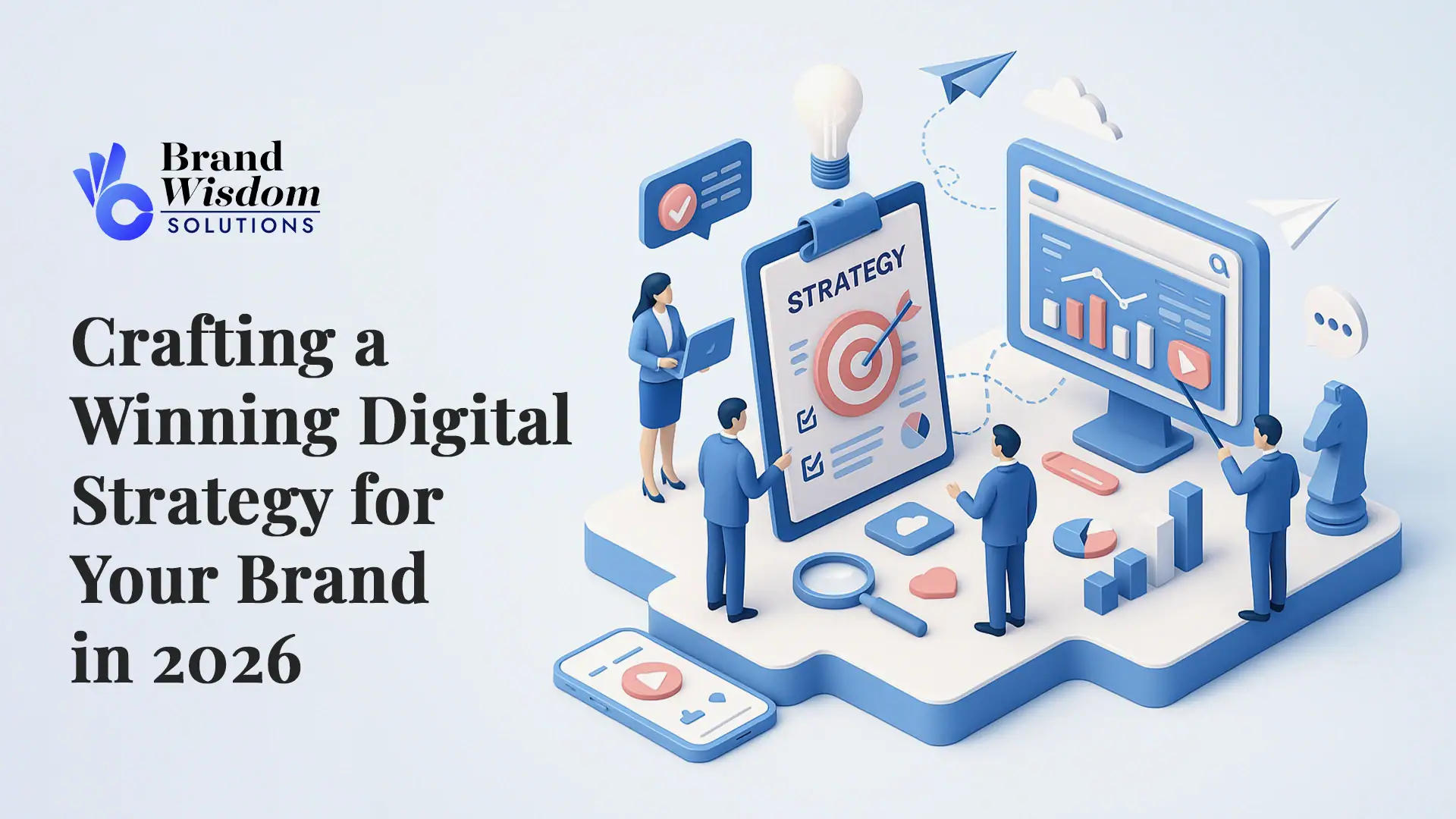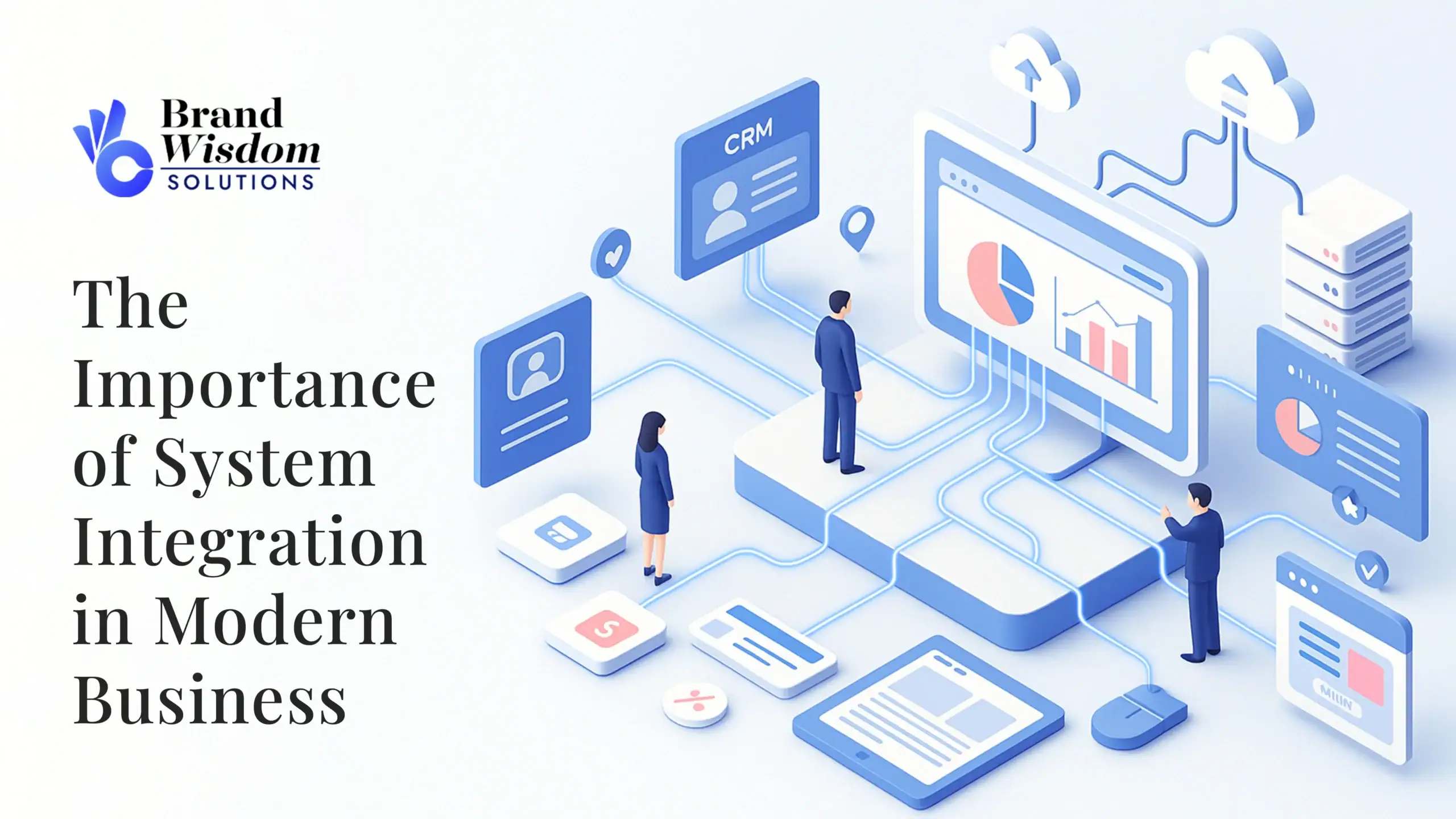Drive your brand to really make a difference through actionable brand development strategies. Nowadays, the need to create a robust brand identity is more critical than ever, given the increase in competition. Learn how to differentiate your brand, create customer loyalty, and stimulate growth using measurable and calculated activities in branding.
Learn to tell a compelling brand story through proper market research, storytelling, and expression through the use of visual elements that speak volumes to your target audience. Design innovative strategies that increase brand presence and influence, outperforming the competition. Help your brand reach new heights with strategies proven to leave a long-lasting impression on consumers.
Brand Development Strategies: Understanding

Brand development strategies refer to plans and activities that a business applies to generate, develop, and maintain its brand identity. These strategies are highly instrumental in creating consumer expectations of a brand and the products or services it offers. The designing of a distinct image of a brand and the resulting loyalty of customers to a business is a pathway to long-term success.
Key Elements
| Brand Positioning | This involves how the brand differs from its competitors in customers’ minds. This factor allows the company to occupy a special and unique place within the market, hence better communication with its target audience. |
| Messaging | It is the process of developing strong brand messages to be communicated to consumers in order to explain better the value, benefits, and personality of the brand. This consistent message works across all marketing mediums, providing support for brand identity and building trust among customers. |
| Visual Identity | A visual identity refers to what a brand uses as a logo, color palette, typography, and other design elements. A good visual identity builds up brand recognition and makes a brand more memorable in the minds of consumers. |
| Customer Engagement | Customer engagement involves the process of contacting customers or, in some cases, potential ones through various touch points like social media, events, and activities related to customer service. Interactive customer engagement builds strong relations that fuel brand loyalty and advocacy in consumers. |
While building up an effective brand development strategy, it must consider each of these core elements going into the makeup of a cohesive and impactful brand presence within the market. Businesses will find a rise in brand awareness and drive customer loyalty to their long-term branding goals by simply aligning their branding positioning, messaging, visual identity, and customer engagement.
Key Trends to Drive Brand Development in 2024

Hyper-Personalization
In using data and AI to create an extremely personalized experience for customers, it takes personalization to a whole new dimension. This approach enables brands to provide tailor-made products and services according to individual preferences, thereby increasing customer satisfaction.
As consumers demand more and more eco-friendly products, sustainability brands and those with ethical practices are seen to be gaining traction in today’s competitive market. Corporations are working towards the adoption of sustainable practices into their operations and effective communication to establish a trusting relationship with consumers.
Sustainability and Ethical Branding
Consumers move towards those brands that provide them with good products and work for the betterment of society. When businesses follow the same value system as their customers, they have attached strong feelings to their brand, and brand loyalty is created.
Considering the change in consumer behavior, many brands are now moving toward community-centric branding. It is an approach where brands look to build brand communities with customers who are connected and engaged. Exclusively created content, events, and active social media engagement may build stronger relations with customers.
Community-Centric Branding
A clear, compelling brand purpose is one that informs identity-building within the market. Brands are driven by purpose awake a much deeper level of resonance among consumers and trigger brand loyalty, advocacy, and other such desired behaviors. Brands that align values with those of their customers establish a meaningful connection that goes beyond transactions.
Up-and-Coming Strategies for Brand Development in 2024

Digital-First
Digital-first brand strategies focus on establishing a robust online presence to reach and engage the growing consumer base that window-shops and makes purchases online. Brands should be investing in clean, user-friendly websites and engaging social media content.
Omni-channel integration involves orchestrating a seamless customer experience between digital and physical touchpoints. It focuses on creating a cohesive brand experience, whether customers are engaging with the brand online or in-store.
Content-Driven
Storytelling becomes a vital technique for developing a brand narrative that creates an emotional connection with audiences. Therefore, a brand will create honest connections with its customers through compelling storytelling, building loyalty and trust.
Content marketing is, thus, very key to stimulating brand awareness and engagement. Valuable content educates, entertains, and inspires target customers on a specific brand, thereby setting them apart as industry leaders.
Influencer Partnerships
Influencer marketing has emerged as the most potential way for brands to extend their reach and credibility. Brands collaborating with influencers can help capture a certain niche audience, thereby increasing a brand’s visibility and trust.
Micro-influencers are gaining popularity because they are in a position to provide more authentic and targeted brand promotions. Partnering with micro-influencers will help the brand connect with highly engaged followers who value genuine recommendations.
Data-Driven Decision Making
Analytics and insights are important in rendering relevant data to a brand in knowing and deciding the strategies to go for. The data analysis allows the brands to track trends, trace customer behaviors, and measure campaigns.
Insights from consumer behaviors, which are derived from data analysis, help the brand understand its target audience much better. By studying the pattern of consumer behavior, brands can foresee trends, tailor their offerings, and offer customized experiences that would resonate with customers.
Challenges in Implementing New Brand Development Strategies

Adapting to Change
The brand development strategies are subject to challenges when they have to cope with the rapidly changing expectations of consumers. Since consumer preference changes really fast, a brand has to keep itself updated with the trend and alter its strategy from time to time; otherwise, it will lose relevance, which works as the backbone of impactful brand development projects.
Brands that put money into market research and data analytics can nail the challenge by understanding the changing behaviors of consumers. Real-time insight will help companies make informed decisions and devise strategies that would foster changing demands effectively. The fostering of a culture of innovation keeps the brand ahead, always ready and proactive in response to the shifts in the market.
Consistency
Of the many overwhelming challenges in brand development, one major problem is its execution through so many channels and touchpoints. The proliferation of digital touchpoints, in combination with social media, can turn assurance in the cohesion of brand experiences into an extremely hard proposition. Message or branding inconsistencies further weaken the brand’s identity and confuse consumers.
In view of the challenge, there should be a brand guideline on how it should be represented in the different mediums. This would help companies offer their clients a similar experience in brands by creating a unified brand voice, visual identity, and framework of messaging. Regular audits and monitoring of the brand assets could also point out and correct inconsistencies in good timing.
Balancing Innovation with Tradition
It is creating this delicate line between innovation and tradition that allows brands to evolve but not lose their core identity. Refreshing the brand image by bringing in new elements will definitely turn more attention towards it from a young audience and give it growth. This, however, needs to be done thoughtfully so as not to turn away loyal customers who hold traditional values in high regard.
In order to pass this test, brands are required to invest in deep market research aimed at understanding the preferences and expectations of their target audience. These companies could segment their customer base, hence guaranteeing not to alienate their traditional consumers by implementing specific strategies while still introducing innovative initiatives. Proper communication with the customers about the rationale behind the changes also encourages acceptance and loyalty.
Case Studies: Brands Leading the Way in 2024

Innovative Approaches
Brands that make a difference never seem to stop seeking out ways to stand apart from the marketplace. Take Nike, for example; they are always on the leading edge. Partnering with other brands, Nike has been able to break into other consumer demographics and ring their branding and brand identity loud and clear.
This partnership strategy not only increased the reach of Nike but also added to their brand image as a trendsetter within the industry. Leveraging this influence for these brand ambassadors, Nike would create limited editions that would get sneaker enthusiasts in a huge uproar thereby increasing demand and sales.
Adapting to Trends
Another brand that exudes effective brand development strategies is Apple. Feeling the increasing pulse for sustainability and eco-friendly products, Apple refocused its energy on environmental projects and product innovation. Partnering with recycling companies and investing in renewable energy sources helped Apple reduce its carbon footprint, but it also attracted environmentally conscious consumers.
Also, their partnerships with professional services firms for product recycling and refurbishing reflected Apple’s emphasis on sustainability. This was a strategic shift that came not only with emerging trends but also set Apple apart from other competitors, gaining customer loyalty and an increased market share.
Conclusion
Brand development strategies for Businesses are very essential for surviving in an ever-changing market environment. One understands that the key trends and emerging strategies in brand development are crucial for companies looking to establish a foothold in the market. Indeed, tough challenges often come along with implementing a new strategy but learning from the examples of successful case studies gives real insight into ways of handling such obstacles. Businesses can adapt and thrive in the dynamic environment of 2024 by learning from leading brands’ innovative approaches.
Don’t let your brand fade into the background in a crowded market. Partner with Brand Wisdom Solutions and unlock the full potential of your brand. Whether you’re looking to refine your brand positioning, enhance your visual identity, or engage with your customers on a deeper level, we’re here to help.
Get in Touch with us today to schedule a consultation and discover how we can help you turn your brand development strategies into a powerful tool for success. Let’s build a brand that not only stands out but also leaves a lasting impression on your customers.
Elevate your brand. Drive growth. Choose Brand Wisdom Solutions.
Frequently Asked Questions
What are Brand Development Strategies?
Brand development strategies are plans and actions designed to enhance a brand’s visibility, reputation, and customer loyalty. These strategies involve defining brand values, positioning, messaging, and marketing tactics to differentiate the brand from competitors.
How can Key Trends Drive Brand Development in 2024?
Key trends such as technological advancements, shifting consumer behaviors, and market dynamics can influence brand development strategies in 2024. Brands need to adapt by leveraging these trends to create innovative products/services, engaging experiences, and effective communication strategies.
What Challenges Are Involved in Implementing New Brand Development Strategies?
Challenges in implementing new brand development strategies may include resource constraints, internal resistance to change, market saturation, and evolving consumer preferences. Overcoming these challenges requires strategic planning, stakeholder alignment, continuous monitoring, and agility in adapting to market dynamics.
How Can Case Studies of Leading Brands Provide Insights into Brand Development?
Case studies of leading brands showcase successful brand development strategies, innovative approaches, and best practices that other businesses can learn from. Analyzing these case studies helps identify industry trends, consumer preferences, and effective strategies that drive brand growth and market competitiveness.





